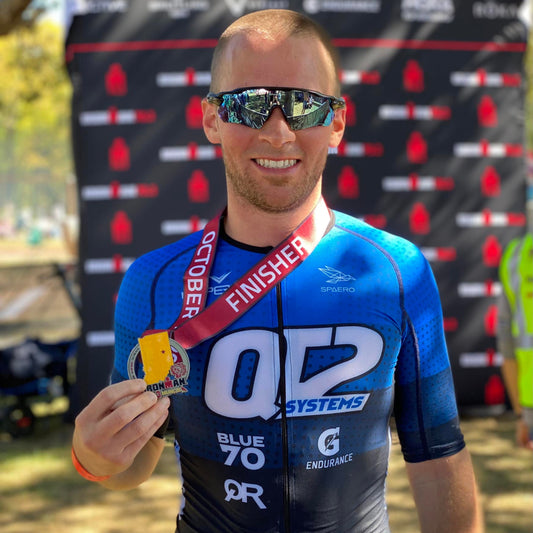Embracing the Story of Your Setbacks
Introduction:
Endurance sports are filled with moments of triumph, but they are also filled with setbacks—injuries, missed goals, bad training days, and unexpected struggles. For the intuitive feeler, these moments can feel deeply personal. It’s easy to attach emotional weight to every obstacle, seeing it as a sign of failure rather than a stepping stone to growth.
However, setbacks are not just barriers; they are chapters in the larger story of your athletic journey. The way you interpret these challenges can determine your resilience. Do you see yourself as someone who is being tested unfairly, or as a character in a compelling story, overcoming adversity and growing stronger?
In this week's reading, we explore how to shift the way you perceive setbacks—not as something to avoid but as something to embrace, learn from, and integrate into your journey.
The Power of Narrative: You Are the Author
One of the most powerful tools in sports psychology is reframing—the ability to change how you interpret an event. Research shows that athletes who see challenges as opportunities rather than roadblocks are more likely to persevere and improve. This is particularly important for those who feel deeply connected to their sport, as their emotions can either become their greatest strength or their biggest hurdle.
Imagine that your training journey is a book. If the story was only about effortless success, would it be inspiring? Would it feel meaningful? Or would it feel… hollow? The truth is, struggle gives meaning to success. The heroes we admire—athletes, artists, and visionaries—are not those who had a smooth road. They are the ones who faced difficulties and kept going.
When you struggle, ask yourself:
- If this were a movie or book, how would I want my character to respond?
- What lesson is this setback teaching me?
- How will I grow because of this experience?
From Self-Judgment to Self-Compassion
One of the biggest challenges for intuitive feelers is self-judgment. When things don’t go well, it’s easy to internalize failure. “I’m not strong enough.” “I should be better.” “Why can’t I just get this right?”
But if a close friend came to you and said they had a terrible workout or failed to hit their goal pace, would you tell them they weren’t good enough? Or would you offer them encouragement, reminding them that one moment does not define them?
What if you spoke to yourself with the same kindness and perspective?
Sports psychologist Dr. Kristin Neff emphasizes that self-compassion—acknowledging difficulty without self-criticism—leads to greater resilience. Studies show that athletes who practice self-compassion are more likely to bounce back from setbacks and avoid burnout.
Try this shift in thinking:
🚫 Instead of: “I failed that workout.”
✅ Try: “That session was tough, but I showed up, and I learned something valuable.”
🚫 Instead of: “I should be stronger by now.”
✅ Try: “Growth isn’t linear. Every step forward is part of the process.”
The Role of Emotional Agility in Sport
Olympic-level sports psychologist Dr. Susan David describes emotional agility as the ability to experience emotions fully without letting them control you. This means allowing yourself to feel disappointed or frustrated without letting those emotions define you.
If you had a rough session or missed a goal, instead of saying, “I am a failure,” you can say, “I feel disappointed.” The difference is subtle but important. One defines your identity, while the other simply describes an emotion that will pass.
When you notice a difficult emotion arise in training, try this exercise:
- Pause & Acknowledge: “I’m feeling frustrated right now.”
- Label it Accurately: “This is temporary, and I’m allowed to feel this way.”
- Choose a Response: “I can either dwell on it or use this as information for how to move forward.”
Your emotions are not your enemy. They are data. They are messages about what matters to you. Instead of resisting them, listen, learn, and then decide how to proceed.






